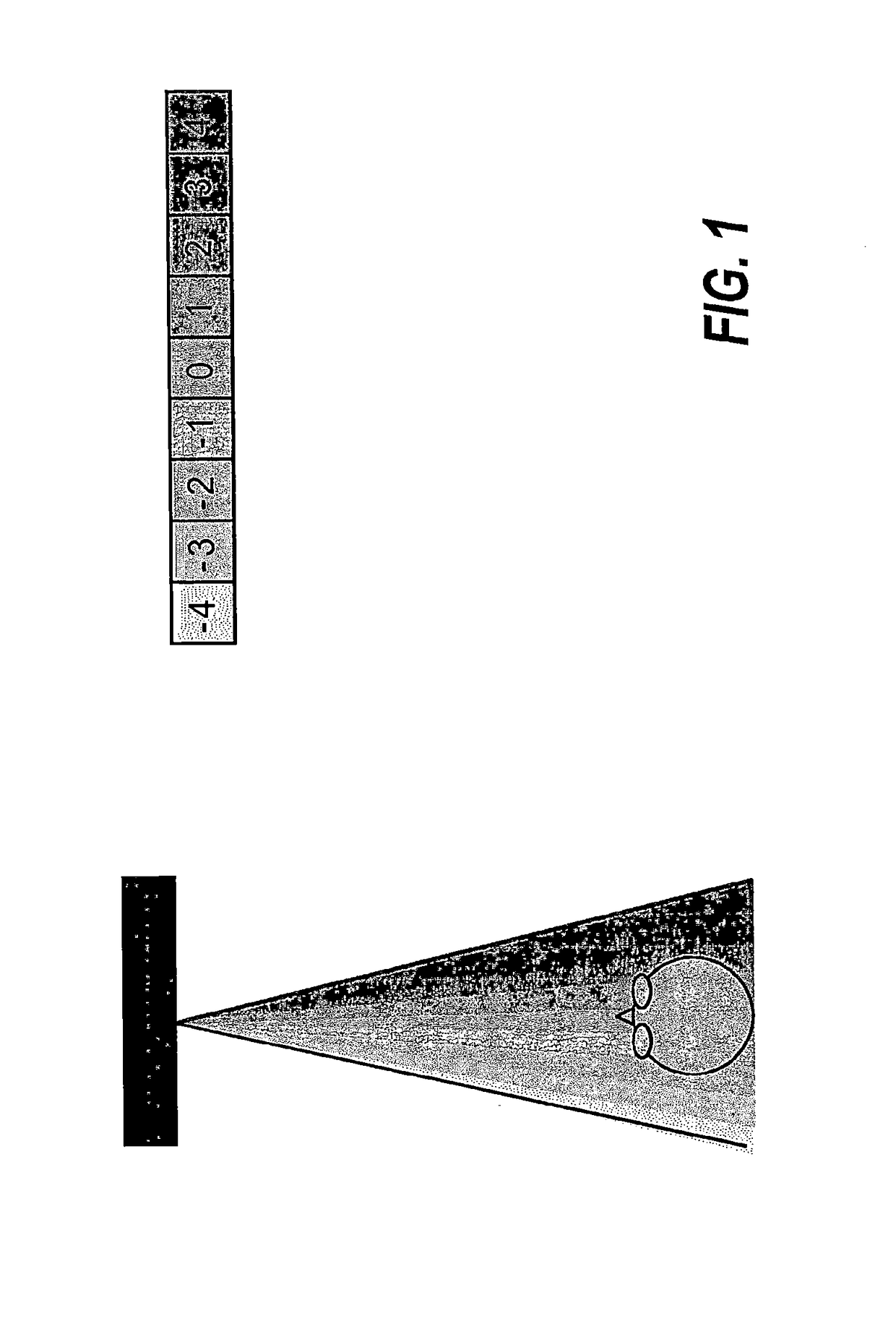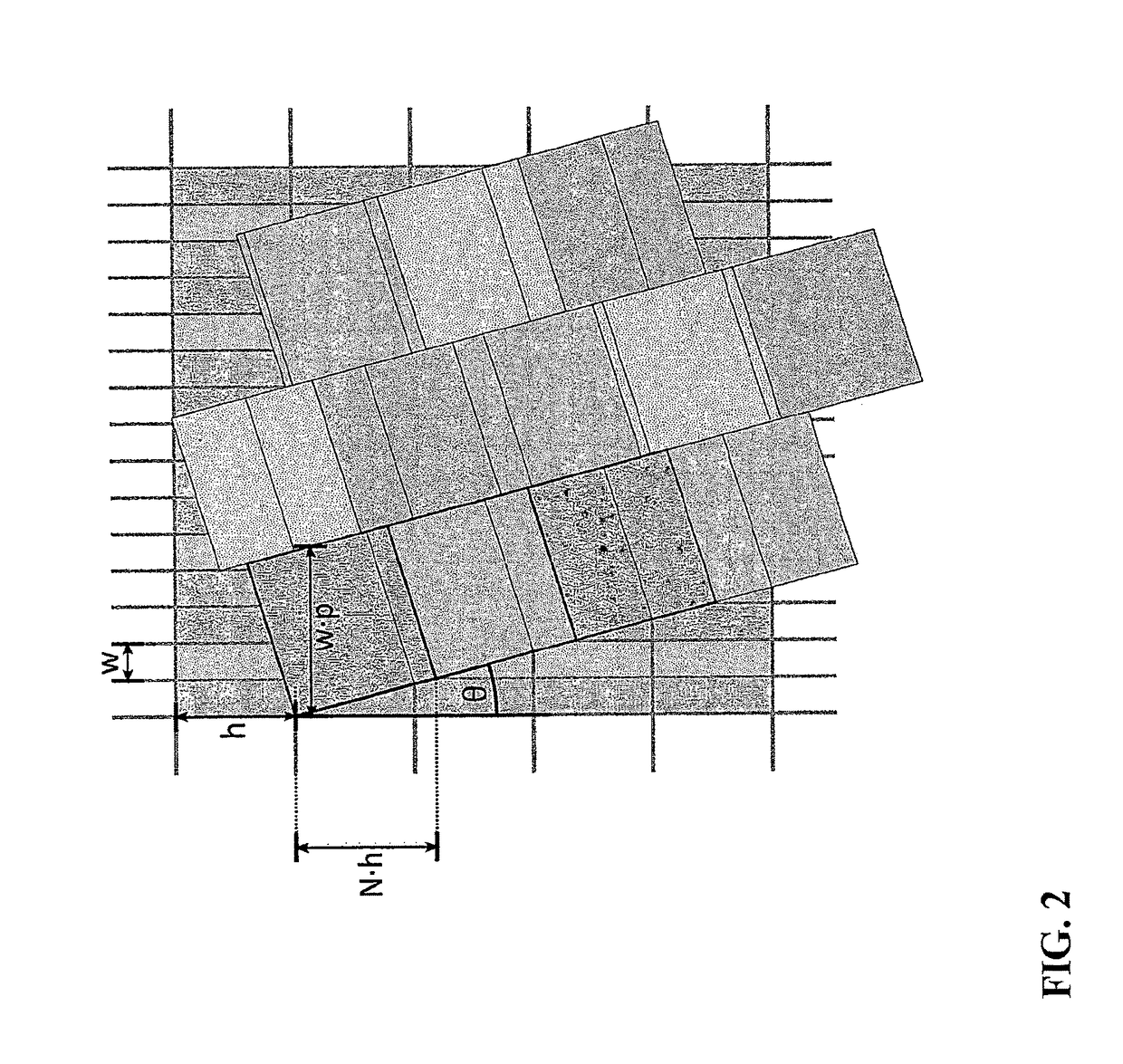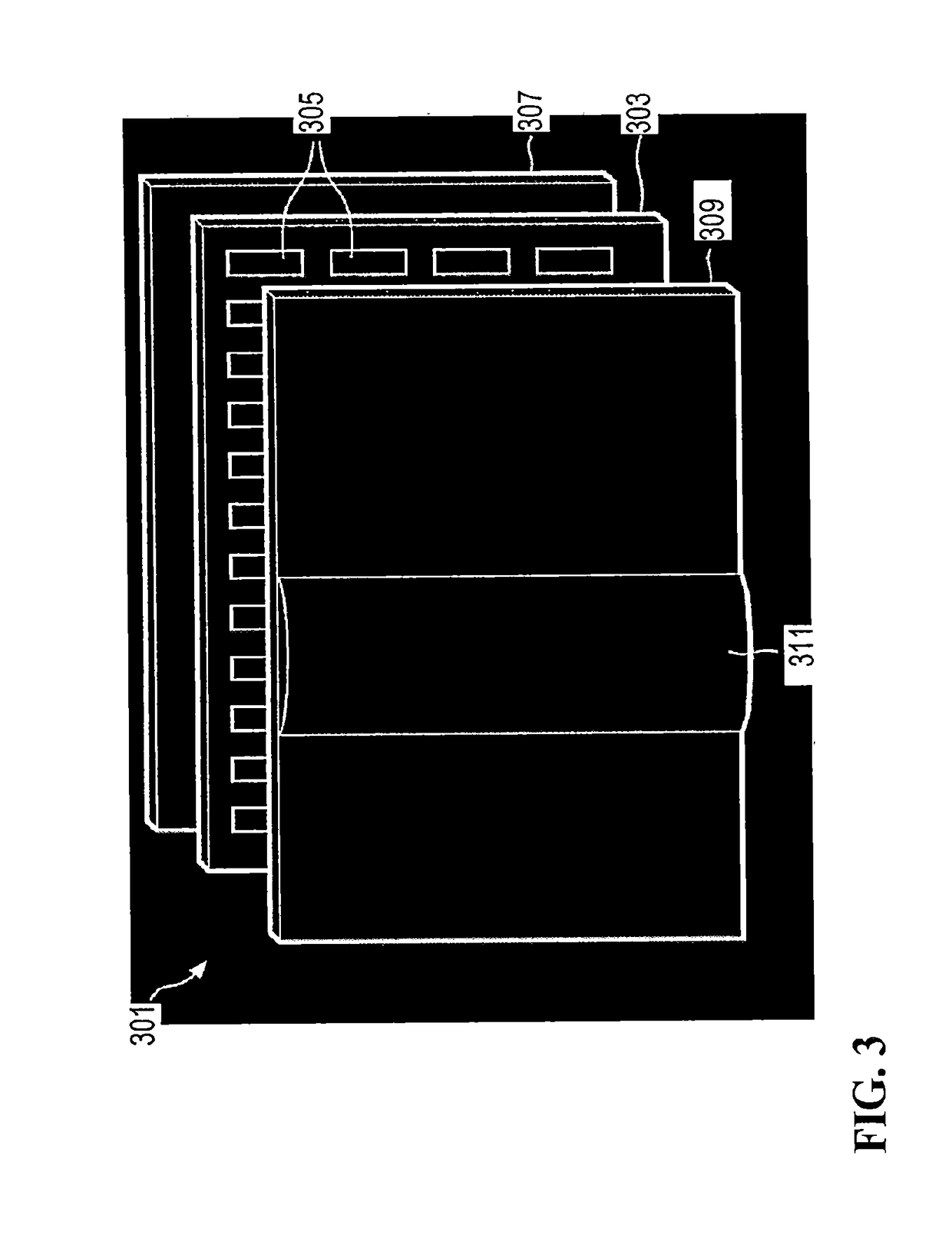Method and apparatus for generating a three dimensional image
a three-dimensional image and image processing technology, applied in the field of three-dimensional image processing, can solve the problems of high computational resource consumption, computational complexity, and potential image degradation, and achieve the effects of reducing cross-talk effects, improving perceived image quality, and reducing the perceptual impact of image degradation and artifacts
- Summary
- Abstract
- Description
- Claims
- Application Information
AI Technical Summary
Benefits of technology
Problems solved by technology
Method used
Image
Examples
Embodiment Construction
[0100]The following description focuses on embodiments of the invention applicable to an autostereoscopic display used to display three dimensional images. However, it will be appreciated that the invention is not limited to this application but may be applied to many other applications, including for example stereoscopic displays based on view separating glasses.
[0101]The autostereoscopic display arrangement 301 comprises a display panel 303. The display arrangement 301 may contain a light source 307, e.g., when the display is an LCD type display, but this is not necessary, e.g., for OLED type displays.
[0102]The display arrangement 301 also comprises a view forming optical element 309 in the form of a lenticular sheet, arranged over the display side of the display panel 303, which performs a view forming function. The view forming optical element 309 comprises a row of lenticular lenses 311 extending parallel to one another, of which only one is shown with exaggerated dimensions fo...
PUM
 Login to View More
Login to View More Abstract
Description
Claims
Application Information
 Login to View More
Login to View More - R&D
- Intellectual Property
- Life Sciences
- Materials
- Tech Scout
- Unparalleled Data Quality
- Higher Quality Content
- 60% Fewer Hallucinations
Browse by: Latest US Patents, China's latest patents, Technical Efficacy Thesaurus, Application Domain, Technology Topic, Popular Technical Reports.
© 2025 PatSnap. All rights reserved.Legal|Privacy policy|Modern Slavery Act Transparency Statement|Sitemap|About US| Contact US: help@patsnap.com



